当前位置:网站首页>TUN 设备原理
TUN 设备原理
2022-04-23 14:11:00 【Mrpre】
TUN 设备原理
本文要阐述的就是 sslvpn 的运行机制。对其问题进行技术上的细化,就是要解决两个被公网环境独立开的私网,如何建立通道。核心细节就是tun设备。TUN设备还被用来在flannel中,作为跨宿主机容器间网络通信。
simpletun
首先玩一下简单的例子 https://github.com/gregnietsky/simpletun.git 然后有个直观的感受
我们找2台机器 分别使用make命令编译上述代码,生成 二进制 simpletun
A物理ip 11.238.116.73
B物理ip 11.238.116.75
在B机器上执行
sudo ./simpletun -i tun90 -s -d &
sudo ifconfig tun90 6.6.6.2/24
在A机器上执行
sudo ./simpletun -i tun90 -c 11.238.116.75 -d &
sudo ifconfig tun90 6.6.6.1/24
simpletun 二进制会帮助生成一个叫做 tun90的虚拟网卡,然后我们使用ifconfig来进行ip地址的分配
其次,B机器上,通过-s告诉simpletun 监听 本机TCP 的 55555 端口,并且作为服务端;A机器上通过-c命令附加B的物理ip。
启动完成之后,在A机器上执行ping 6.6.6.2会出现如下日志,部分日志是ping的输出,表示ping成功,部分是simpletun打印的日志。
PING 6.6.6.2 (6.6.6.2) 56(84) bytes of data.
TAP2NET 4: Read 84 bytes from the tap interface
TAP2NET 4: Written 84 bytes to the network
NET2TAP 4: Read 84 bytes from the network
NET2TAP 4: Written 84 bytes to the tap interface
64 bytes from 6.6.6.2: icmp_seq=1 ttl=64 time=39.7 ms
TAP2NET 5: Read 84 bytes from the tap interface
TAP2NET 5: Written 84 bytes to the network
NET2TAP 5: Read 84 bytes from the network
NET2TAP 5: Written 84 bytes to the tap interface
64 bytes from 6.6.6.2: icmp_seq=2 ttl=64 time=39.9 ms
同样的,我们在B上面执行nc -l -k 9090监听 本机9090端口程序,然后再A上面执行nc 6.6.6.2 9090后敲入abc
A的输出
$nc 6.6.6.2 9090
TAP2NET 12: Read 60 bytes from the tap interface
TAP2NET 12: Written 60 bytes to the network
NET2TAP 11: Read 60 bytes from the network
NET2TAP 11: Written 60 bytes to the tap interface
TAP2NET 13: Read 52 bytes from the tap interface
TAP2NET 13: Written 52 bytes to the network
abc
TAP2NET 14: Read 56 bytes from the tap interface
TAP2NET 14: Written 56 bytes to the network
NET2TAP 12: Read 52 bytes from the network
NET2TAP 12: Written 52 bytes to the tap interface
B的输出
NET2TAP 12: Read 60 bytes from the network
NET2TAP 12: Written 60 bytes to the tap interface
TAP2NET 11: Read 60 bytes from the tap interface
TAP2NET 11: Written 60 bytes to the network
NET2TAP 13: Read 52 bytes from the network
NET2TAP 13: Written 52 bytes to the tap interface
NET2TAP 14: Read 56 bytes from the network
NET2TAP 14: Written 56 bytes to the tap interface
TAP2NET 12: Read 52 bytes from the tap interface
TAP2NET 12: Written 52 bytes to the network
abc
我们发现,A机器通过tcp 访问 6.6.6.2的9090端口,这个6.6.6.0/24相当于私网请求,而 A和B之间的网路根本没有6.6.6.0/24网段的路由,那么 B如何收到到A发送的私网请求呢,这当然是我们本文需要解释的疑惑。
TUN设备特性
对于 tun 设备的write操作(open tun,然后对fd进行write),tun在内核态获取到用户态数据后,调用netif_rx,通常情况下,netif_rx这个函数只有在机器收到报文是调用提交给协议栈,说明我们对tun设备的write操作,相当于让机器模拟收包。所以很关键的一点就是,tunwrite的数据必须要包含三次协议头(IP),否则linux协议栈无法将其路由。
对于 tun 设备的获取数据操作,首先tun设备在什么情况下,会获取到数据呢?即当我们在外部应用程序毫无感知tun设备存在的情况下,tun设备是如何获取到外部程序的数据的。
首先tun设备是有三层ip地址的,也就是意味着,tun设备可以被作为三层转发接口发送数据,我们只需要让 外部程序 发出的请求,被路由到tun设备即可。例如 我们访问200.100.1.1这个公网地址走tun设备,route add -net 200.100.1.1/32 dev tun90,这样请求就会走tun口出去。
然后 tun设备的 驱动程序 和 常规的类似eth不同,它不会真的将数据从自己接口发出去。
tun设备的发送接口,做的操作是将 数据 保存下来放到自己的list上,然后通知监听tun设备的用户程序进行读取。
所以想要TUN拦截到数据,那么需要应用程序的目的地址,能从TUN设备口“出去”,配置一条路由就是常见的操作。
注意 tun设备获取到的数据,时携带三层头的数据。
TUN 实践
上解讲了TUN设备的特性,所有的特性均是TUN的字符驱动和设备驱动实现,我们结合这个特性,就能做出一个简单的私网穿越功能,也就是开头 simpletun 的功能
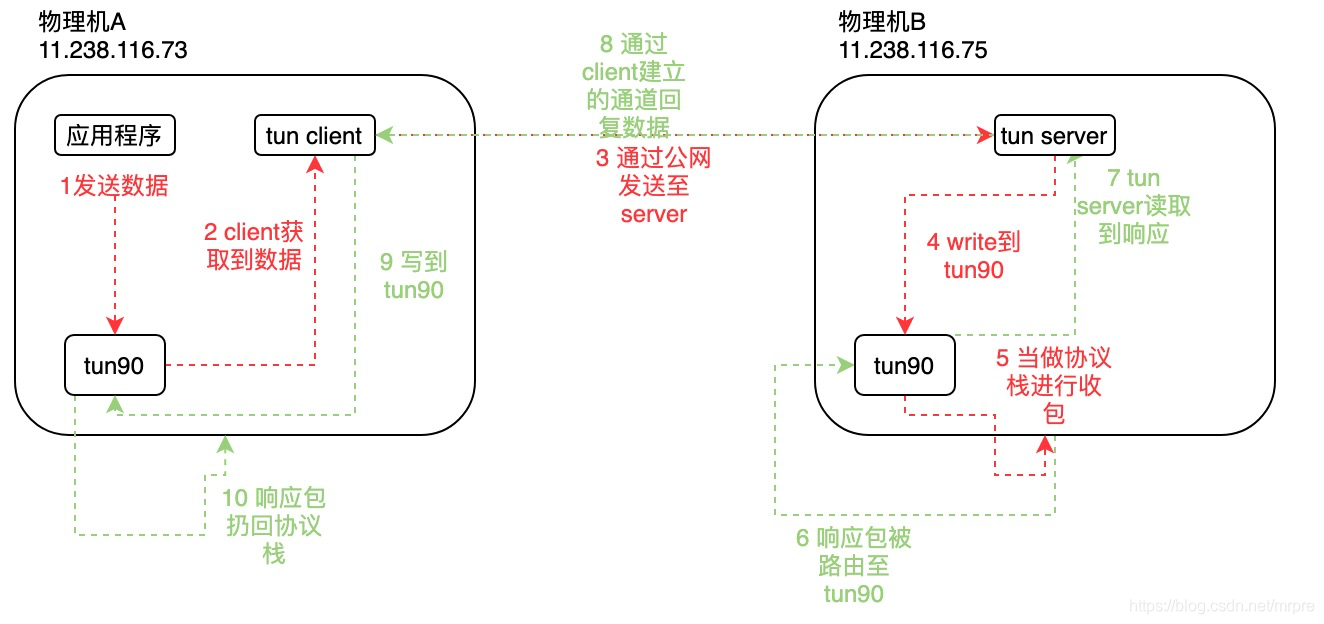
请求发送
1、应用程序发送数据,例如ping到 6.6.6.2,因为本机配置的路由等规则,数据被linux内核路由到 tun90进行发送。
2、tun90 获取到数据后,不会进行真的发送操作,,而是封装成三层报文,然后放到自己队列里面,等待用户程序进行读取,这就是tun设备的特性。
此时 tun client会获取到数据。数据是包含三层头的的数据,其中源ip是 tun设备的6.6.6.1 目的地址是应用程序访问的目的地址 6.6.6.2。
3、tun client 将 这个包含三层头的数据,通过公网发送,自然 这个公网上的五元组是本机物理地址以及目的物理地址,自然这个报文能够通过公网发送。
4、tun server 收到 数据,这个数据就是 上一步2中的数据,包含了6.6.6.1->6.6.6.2这个三层头的数据,tun server写到tun设备。
5、tun90 收到用户的write操作之后,会将数据扔到linux协议栈,linux协议栈就去解析 6.6.6.1->6.6.6.2这个三层头的数据怎么转发,自然 6.6.6.2 是自己本机地址,自然能处理。
注意 1 的发送,实际是 tun设备的xmit发送,4的write实际是tun设备的receive,是不一样的。
本例只是以PING为例子。如果 物理机A 的 应用程序 访问的是 一个 公网的地址,例如100.100.100.100,那么,物理机B如果在开启了ip_forward并且自己和100.100.100.100通,那么,这个请求就被转发到了100.100.100.100,开启nat的情况下,会向公网发出 11.238.116.75 -> 100.100.100.100 的请求,响应数据 100.100.100.100->11.238.116.75 回来后依靠nat还原成100.100.100.100->6.6.6.1。
数据响应
回包的也很有意思
6、假设 机器B要回复 6.6.6.1->6.6.6.2 PING对应的 响应包,那么机器B的回复响应的IP头是 6.6.6.2->6.6.6.1,这个包会被路由机器的tun90,这个过程相当于上述发送过程的1,tun90拦截到这个包之后,期待 tun server将其读取。
7、tun server探测到tun设备有数据,于是就读取数据,数据是包含6.6.6.2->6.6.6.1这个ip头的数据。
8、tun server 使用 tun client建立的通道,将数据通过公网传输至client。
9、tun client 将数据写入到 机器A的tun。
10、根据 tun 特性,tun 机会将 包含 6.6.6.2->6.6.6.1这个ip头的数据 的数据扔会协议栈,linux 就能 这样,外部执行的ping就能获取到响应数据。
版权声明
本文为[Mrpre]所创,转载请带上原文链接,感谢
https://wonderful.blog.csdn.net/article/details/113105456
边栏推荐
猜你喜欢

微信小程序将原生请求通过es6的promise来进行优化
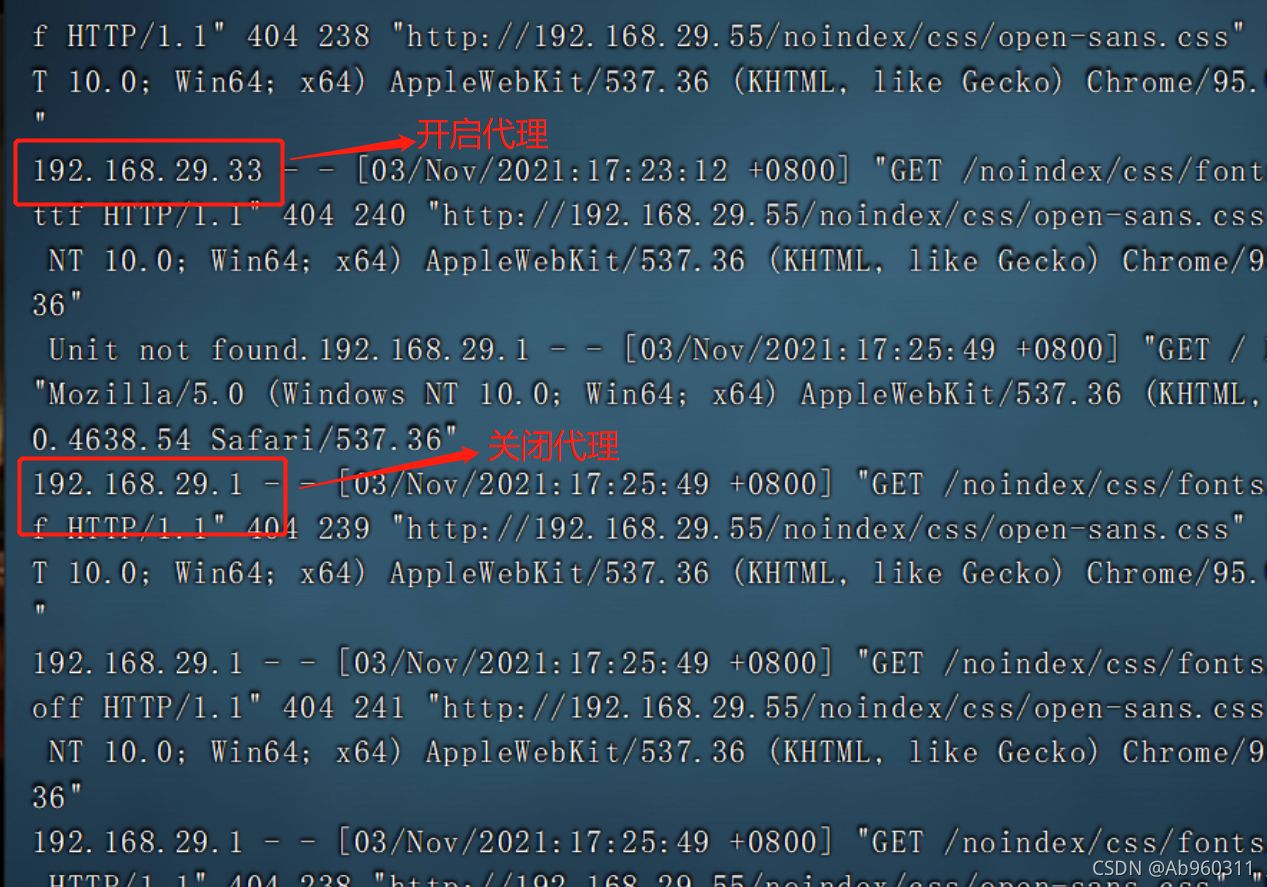
squid代理
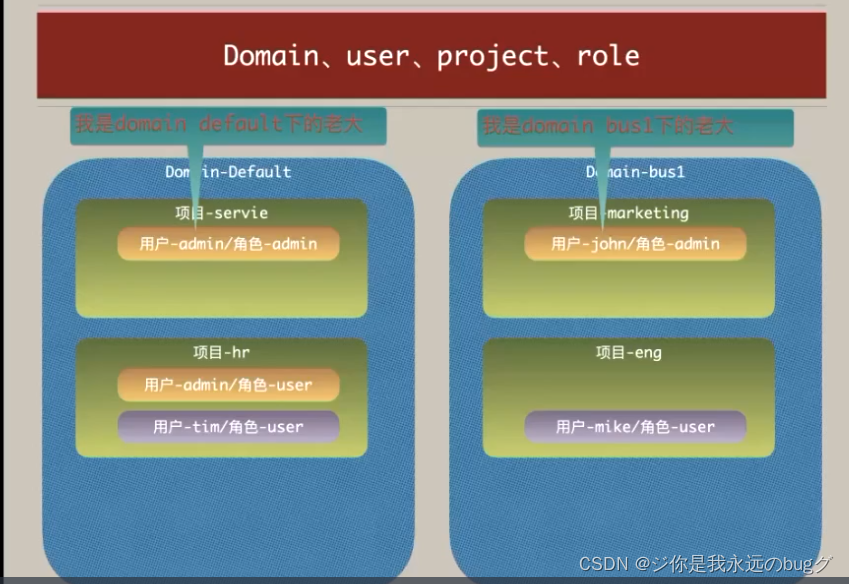
openstack理论知识
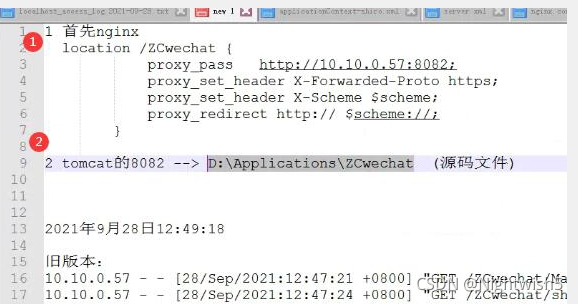
XX project structure notes
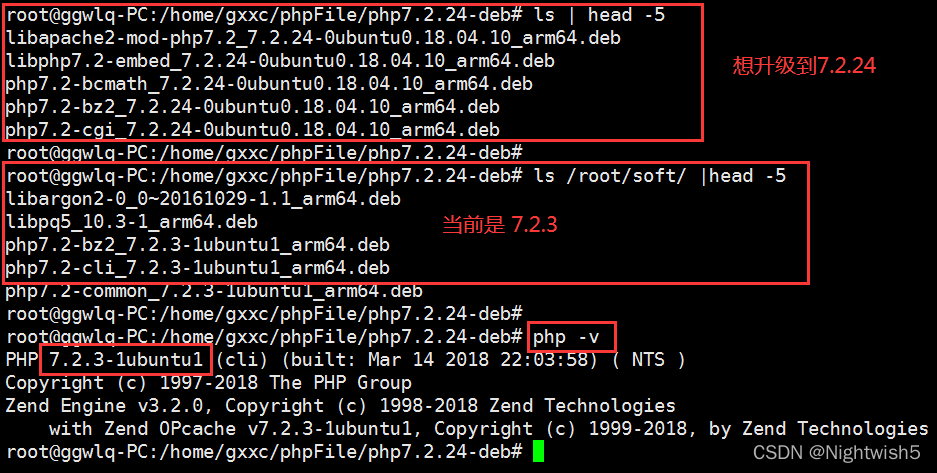
Tongxin UOS php7 2.3 upgrade to php7.0 two point two four
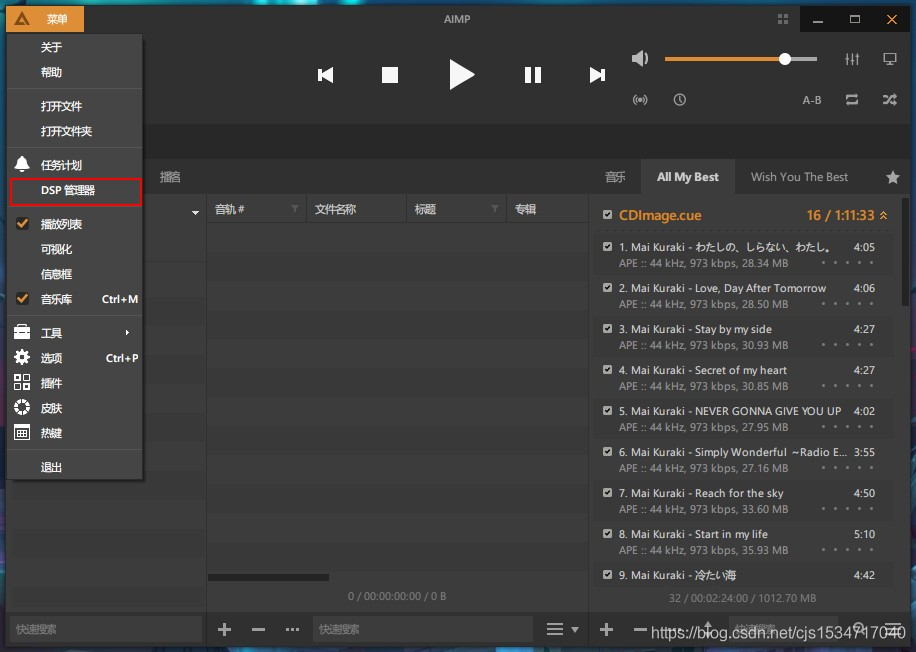
Win10 comes with groove music, which can't play cue and ape files. It's a curvilinear way to save the country. It creates its own aimpack plug-in package, and aimp installs DSP plug-in
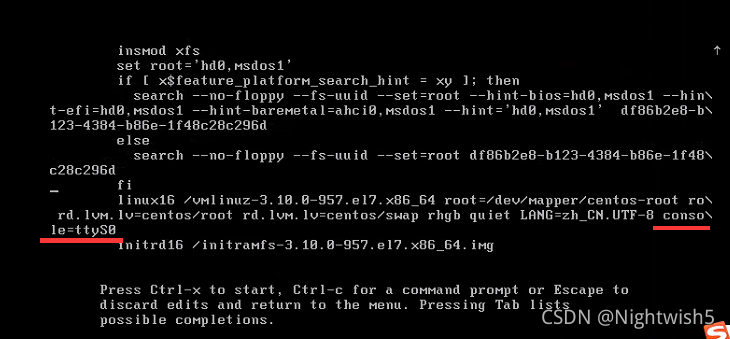
KVM learning resources

man man随记和crontab的@reboot用法
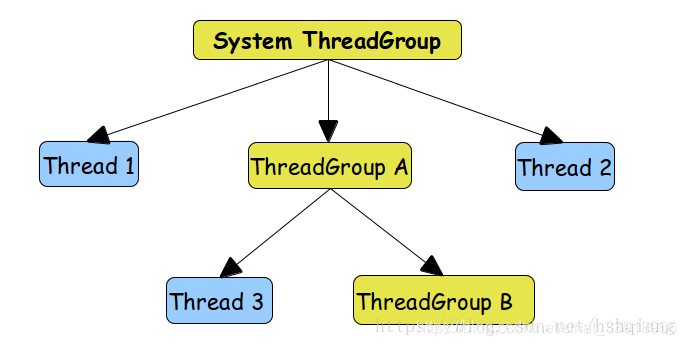
ThreadGroup ThreadGroup implémente l'interface threadfactory en utilisant la classe Introduction + Custom thread Factory

线程组ThreadGroup使用介绍+自定义线程工厂类实现ThreadFactory接口
随机推荐
redis数据库讲解(四)主从复制、哨兵、Cluster群集
Get the thread return value. Introduction to the use of future interface and futuretask class
yml引用其他变量
mysql 5.1升级到5.66
DP - [noip2000] grid access
错误:无法远程查找到密钥 “428F7ECC7117F726“
squid代理
API Gateway/API 网关(四) - Kong的使用 - 集成Jwt和熔断插件
About the configuration and use of json5 in nodejs
回顾2021:如何帮助客户扫清上云最后一公里的障碍?
xx项目架构随记
js 格式化时间
Request module
Visio画拓扑图随记
ansible及常用模块的使用
微信小程序将原生请求通过es6的promise来进行优化
Debug on TV screen
JDBC details
统信UOS PHP7.2.3升级至PHP7.2.24
Operation instructions of star boundary automatic text translator (advanced version)